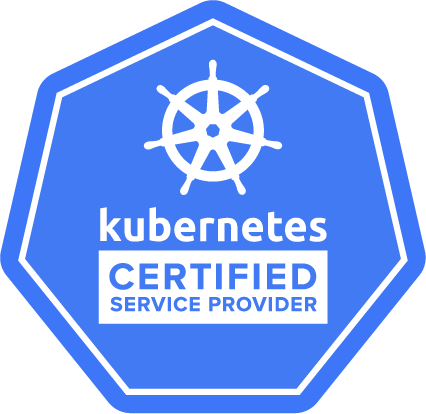The headline in this newsletter edition is that we have finished a new iteration of our DRBD-Proxy product. DRBD-Proxy is an optional component that enables you to run DRBD smoothly over connections with variable bandwidth. It achieves this by providing buffering and compression. DRBD Proxy is typically part of a disaster recovery solution.
Version 4 is a rewrite of the Proxy software in the Rust programming language. The most significant improvement for users in this version is reliable connection establishment. In addition, we designed the architecture to allow Proxy to scale better on systems with many CPUs. Finally, Rust provides many benefits for development and maintenance, ensuring that we can continue to offer a high-quality solution in the long term.
Under the hood, it leverages the I/O-uring method to exchange data with the kernel, which is a natural evolution from version 3 as it brings higher performance while consuming fewer CPU cycles in the userland to the kernel interface. As a consequence, it requires a kernel that comes with I/O-uring. Red Hat’s RHEL 9, Ubuntu 24.04 “Noble”, and Debian 12 “bookworm” fulfill that requirement.
Over to LINBIT content, ‘Abstracting Block Storage For Hybrid Clouds & Disaster Recovery Planning Using LINSTOR in AWS’ by LINBIT Solutions Architect Matt Kereczman, demonstrates how LINBIT SDS simplifies disaster recovery (DR) by abstracting block storage across on-premise and AWS environments.
‘Creating OpenShift Persistent Storage with HA & DR Capability by Using LINSTOR’ by LINBIT Documentation Specialist Michael Troutman is a blog post that accompanies the new ‘Getting Started with LINSTOR in OpenShift’ tech guide, which uses the LINSTOR Operator v2 to make deploying LINSTOR in OpenShift even easier than before.
‘Shared-Nothing High-Availability Architecture with DRBD’ by LINBIT Solutions Architect Joel Zhou covers how DRBD and a complimentary cluster resource manager, such as DRBD Reactor, can help you create a shared-nothing HA cluster.
Over to YouTube, ‘Setting Up an HA SMB Share for Windows Server by Using Open Source Software, DRBD & WinDRBD’ by LINBIT Solutions Architect Yusuf Yıldız overviews how to set up a highly available SMB share by using LINBIT open source software: DRBD and WinDRBD.
Also, ‘Migrating Application Data (Minecraft?!) Between Public & Private Clouds’ by Matt Kereczman discusses several benefits of a hybrid cloud architecture that uses AWS and how the LINBIT software suite can help you build a robust hybrid cloud solution with off-site disaster recovery. We use an unlikely but highly entertaining hypothetical Minecraft server migration use case to demonstrate this architecture.
Regarding new software updates, the team has released linstor-proxmox v8.1.0, linstor-server 1.30.3, and drbd-utils v9.30.0.


